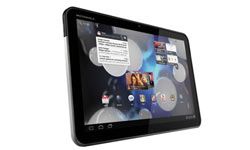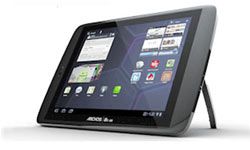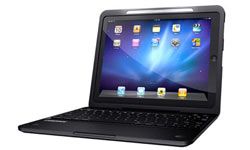The tablet computer market has come a long way since Apple introduced the iPad in early 2010. While the iPad wasn't the first tablet ever invented, its sleek design and successful marketing quickly made it the year's must-have item for gadget lovers, and the tremendous popularity of the iPad and iPad 2 has helped to make tablets the fastest growing segment of the personal computer market [source: Indvik].
Today, there are scores of different tablet models available from at least a dozen different manufacturers, and while all this choice is a good thing, it can also make selecting the right tablet seem like an impossible undertaking. With so many tablets on the market, there's sure to be one that fits your needs and your budget, but how do you find the one that's best for you? Read on to get our five tips for choosing the right tablet.
Advertisement


